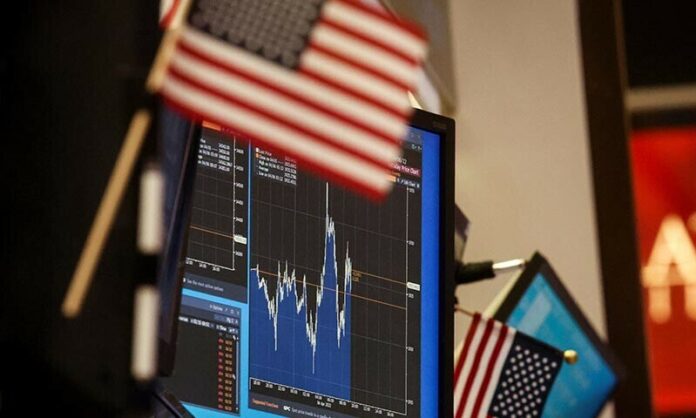U.S. stock indexes moved higher on Thursday following a phone call between President Donald Trump and Chinese President Xi Jinping, in which both leaders agreed to resume negotiations over tariffs that have pressured global markets in recent months.
The phone conversation — the first direct exchange since Trump returned to office in January — comes amid rising trade tensions and a brewing dispute over critical minerals. According to U.S. and Chinese readouts, both presidents extended invitations to visit each other’s countries at a future date.
“I have no idea what the outcome will be. That’s what makes investing in this environment really difficult,” said Jed Ellerbroek, portfolio manager at Argent Capital Management. “I think it’s less about trying to predict what he’s going to do and more about trying to build and maintain a portfolio that can succeed despite the curveballs coming our way.”
The market’s optimism was tempered by soft economic data released earlier in the week. Weaker-than-expected private payroll and services sector figures on Wednesday raised fresh concerns about a potential economic slowdown stemming from trade uncertainty. On Thursday, the Labor Department reported that initial jobless claims had risen for the second consecutive week.
All eyes are now on Friday’s non-farm payrolls report, which is expected to provide a more comprehensive picture of the labor market ahead of the Federal Reserve’s policy decision later this month. While President Trump has continued to pressure the Fed to cut interest rates, Chair Jerome Powell has so far held rates steady, signaling a wait-and-see approach amid ongoing trade volatility.
Despite the uncertainty, U.S. equities had a strong May. The S&P 500 and Nasdaq posted their biggest monthly percentage gains since November 2023, driven by a slight easing in Trump’s trade rhetoric and upbeat corporate earnings. Still, the S&P 500 remains more than 2% below its record highs reached in February.
At 12:09 p.m. ET, the Dow Jones Industrial Average was up 145.34 points, or 0.33%, to 42,573.08. The S&P 500 rose 23.25 points, or 0.39%, to 5,994.06, while the Nasdaq Composite gained 115.99 points, or 0.60%, to 19,576.48.
Seven of the S&P 500’s 11 major sectors advanced, with information technology leading the way with a 0.8% gain.
Tesla shares dropped over 5% as CEO Elon Musk — a known ally of Trump — ramped up his criticism of the president’s sweeping tax legislation, unnerving some investors.
Among other major movers, Brown-Forman shares plunged nearly 17%, the sharpest drop on the S&P 500, after the Jack Daniel’s maker projected a decline in annual revenue and profits. Procter & Gamble slipped 1.2% after announcing it would eliminate 7,000 jobs — roughly 6% of its global workforce — over the next two years as part of a broader restructuring.
On the broader market, advancing stocks outpaced decliners by a 2.02-to-1 margin on the NYSE and by a 1.39-to-1 margin on the Nasdaq. The S&P 500 recorded 15 new 52-week highs and three new lows, while the Nasdaq posted 46 new highs and 25 new lows.























